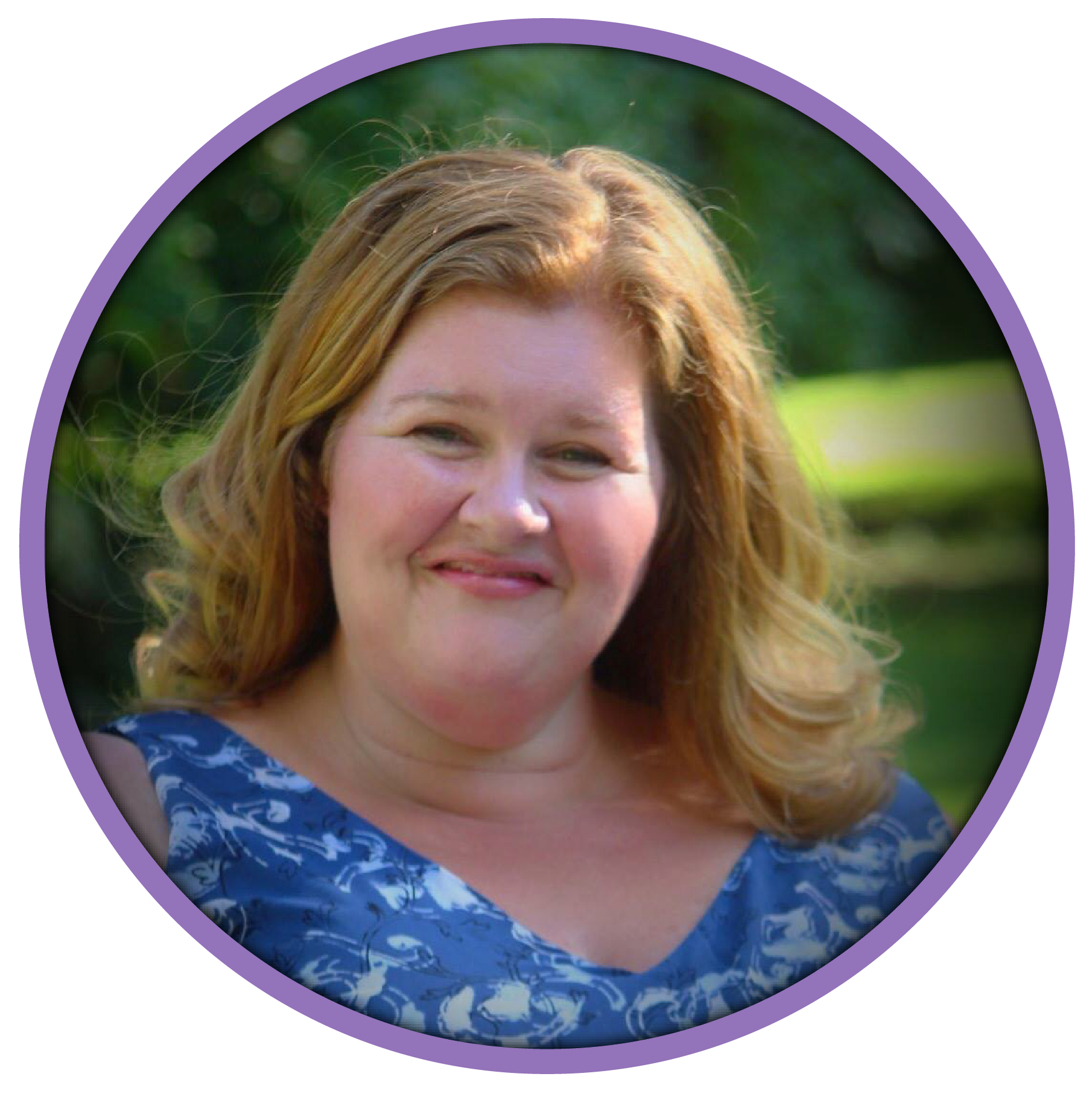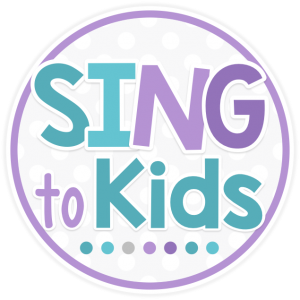
I teach at a Leader in Me Lighthouse School. I love what the Seven Habits has done for my students, parents, and community. When I went to observe other LIM schools, often I observed an isolated music lesson where the habits were discussed through a song or book. It left me wondering how the habits were taught and sustained over time. Finding authentic ways to implement the habits in the music room has been one of my missions the past few years.
What is Leader in Me
At the heart of LIM is empowering your students to learn how to make productive, healthy choices about their lives. Students learn how the habits can guide their decisions for positive outcomes for school, sports, behavior and more. Helping students to understand the Seven Habits is more than an occasional lesson. It has to be at the heart of everything you do in your classroom. Here are some of the ways I frame the Seven Habits in the Music Room:
- Be proactive – My students have assigned seats in my room, but the reality is that on any given day, a child enters the room not ready to learn. My students can be proactive by knowing what they need to be successful to learn. For some, it’s taking a few minutes in my calm down corner. For others, it’s a temporary seating change away from someone who may be disrupting their learning. I respect that my students know what’s they need to learn on any given day.
- Begin with the end in mind – Our lesson are front-loaded with musical content with the “fun stuff” (e.g. games or folk dances) usually at the end of class. We discuss “beginning with the end in mind” so that we don’t waste precious instructional time on silly or disruptive behaviors that cause us to lose our fun time in music.
- Put first things first – We talk about “putting first things first” when given group work so that side conversations with friends are minimized.
- Think win-win is a great habit to help students to resolve conflicts with one another – especially in small group work. It helps students to frame their conflict resolution so that each person can walk away with a positive take-away.
- Seek first to understand, then to be understood is another habit that is so helpful in working with students with disagreements. We all have to learn to listen twice as much as we talk.
- Synergize – From the moment my students walk into my classroom, we talk about the impact of “synergizing” as an ensemble to reach a common goal of music making.
- Sharpen the saw – We talk about how different children have different interests. Some will sharpen their saws musically by singing in the choir, while others will love playing ukulele or recorder or drums. Each one of us has a way to be musical and it’s my job to help them find that way.
Data In the Music Room
If you teach at a Leader in Me School, you know that empowering students to make decisions about their learning is very important. One of the ways we accomplish this is by looking at student data. Whether it be reading, music, or PE, there are things we can assess and help our students to know how they are progressing. This is always a touchy subject among music teachers as some worry about the impact of assessing students and the impact it may have on a child’s creativity or desire to musical. I have to say, I have not found this to be true but I will address this later.
There are many things you can assess in the music room – singing voice development, steady beat development, rhythmic reading, melodic reading, creativity and composition. The key is to always communicate a continuum of learning when sharing data with students. The goal is not to attain a certain grade. The goal is to value the process of learning a skill or concept and understand there is always something we can do better.. So if a child can’t do something (YET – growth mindset!), what action plan can they take to improve?
An Example
Let me give you a specific example. In my classroom, I assess singing voice development. The key word is development – so that students understand that even if they’re only speaking in their speaking voice, there is a continuum of learning and they are on it.
Students sing individually for me several times a year. At the start of each year, I do a baseline assessment. Based on what I hear, they receive a score on a developmental singing voice assessment. I share this information with individual students (in fact, it goes in their data notebooks in their classroom). In class, we talk about what an age-appropriate goal would be for that grade (or individual). Each student sets a goal for themselves, then we set about working on our singing voice goals in class.
When students make a huge leap in progress, we celebrate it. When students get stuck in their development, I have strategies to help them push through the next level. It’s all about the process of learning and I believe every child can learn to sing. Near the end of the year, we do one final assessment. We send notes home explaining our work and progress as well as examples of songs students can sing to their parents. This is a great example of Beginning with the End in Mind because students have to plan their work and work their plan.
Need More Ideas
Beyond our daily lessons with the Seven Habits, our choir performs a Leader in Me song each year. Our first year, we sang Jannah Bolin’s Seven Habits Song. From there, I started writing my own “piggy-back” songs. You can access all of the Seven Habits songs for free in this Dropbox folder. I’ve also included a copy of my Seven Habits for the Music Room!
If you teach at a LIM school, I’d love to hear how you use the habits in your music classroom! How do you have your students set goals or show growth?
You might also be interested in Frustrated? Classroom management tips for the music room (that really work)



My school is starting LIM this year. I would like to know more specific info about the data notebooks in music. Thanks!
Hi Larry! My students usually have a sheet that they use to track their music goals. They put that sheet in their data notebooks and update it several times throughout the year. Feel free to reach out to me at singtokids@gmail.com if you have additional questions! -Jen
The sheets used for tracking…is this something they come up with individually or a form that you have created?